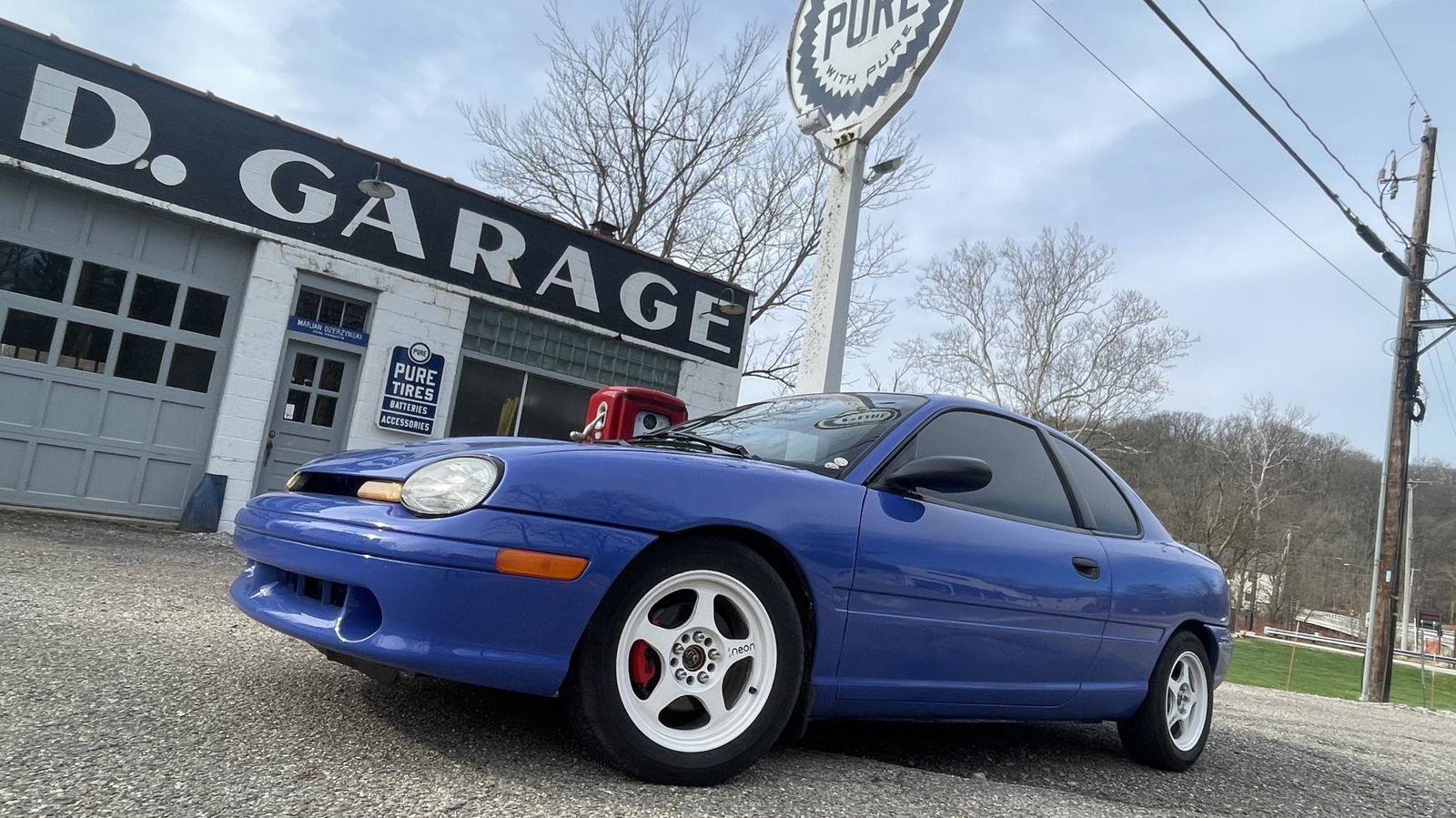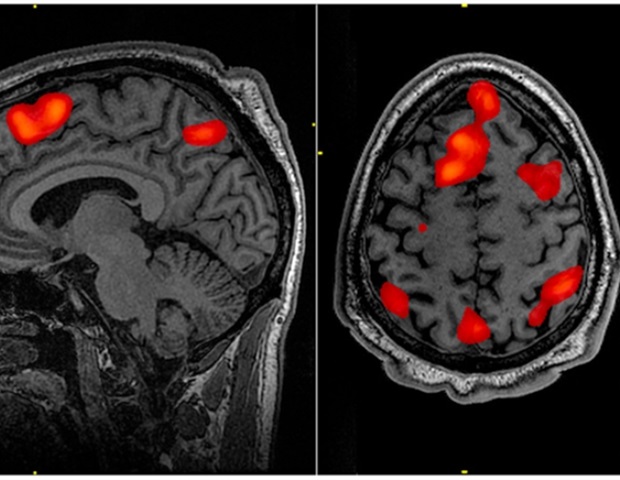The Dodge Neon ACR Is America's Integra Type R Even If You Don't Want To Admit It

When you look at the spec sheets, the cars look pretty similar. Except Honda was able to extract more power from its 1.8-liter than Dodge could get out of a two-liter. And I'll be the first to admit that the build quality on the Integra Type R is typical Honda with uniform panel gaps and quality materials, while feeling solid despite a focus on lightweight. The Neon, meanwhile, is indicative of mid-1990s Dodge for better or worse. Consider, for a moment, that the $24,000 Integra Type R cost almost ten thousand 1998 dollars more than a Neon ACR, and you begin to understand the appeal. An American sports coupe buyer can live with a lot of creaky panels and terrible unbolstered seats for the equivalent of $19,619 in 2025 money. Unlike the ITR, the ACR didn't come with a wing or any badging. The only way to pick an ACR out of a lineup is by its foglight bumper with no foglights and the missing door rub strips. Aside from the DOHC engine, ACR models got four-wheel disc brakes, adjustable Koni shocks, thicker sway bars, stiffer bushings, better steering, upgraded hubs, and a shorter-ratio gearbox. Early models even ditched the factory speed limiter and ABS to save pounds. I don't think I buy that the Neon's engine was as far down on power as Dodge claimed, though. In-period the twin-cam engine was advertised at an even 150 ponies compared to the ITR's 195, but it ran a 7.2 second 0-60 and 15.8 second quarter mile against the Acura's 6.8 and 14.9. In any case, both were pretty damn quick for front-drive coupes in period, and both are slower than your average mid-sized SUV in 2025, so what does acceleration matter? What really matters is how they drive!



















